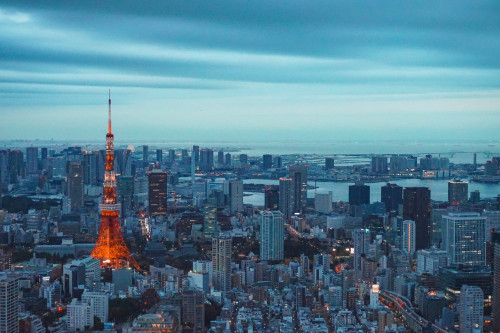Why Tokyo Works

While trains have long been part of Japanese daily life after most of Tokyo was leveled during World War II, Japan had to make a post-war decision to either adopt the American automobile-focused city or to rely on public transportation. Of course, they chose public transportation, likely because of Japan’s lack of natural resources like oil. Thus, small towns outside of Tokyo could connect with the denser downtown areas, turning these peripheral areas into liveable, well-connected hubs. This is why Tokyo today is so sprawling, yet so connected. The system was so effective that Tokyo currently has an incredibly low car-ownership rate — 0.54 cars per household — while San Francisco’s rate is 1.10 and London’s is 0.74.
“A developed country is not a place where the poor have cars. It’s where the rich use public transportation,” says Colombian politician Gustavo Petro. His quote rings especially true when considering Tokyo’s trains. Its rail system is an equalizer between rich and poor. It’s usually the fastest way to get from A to B within the city, it’s affordable and everyone uses it. There is no stigma attached to riding the train, it’s simply the standard.